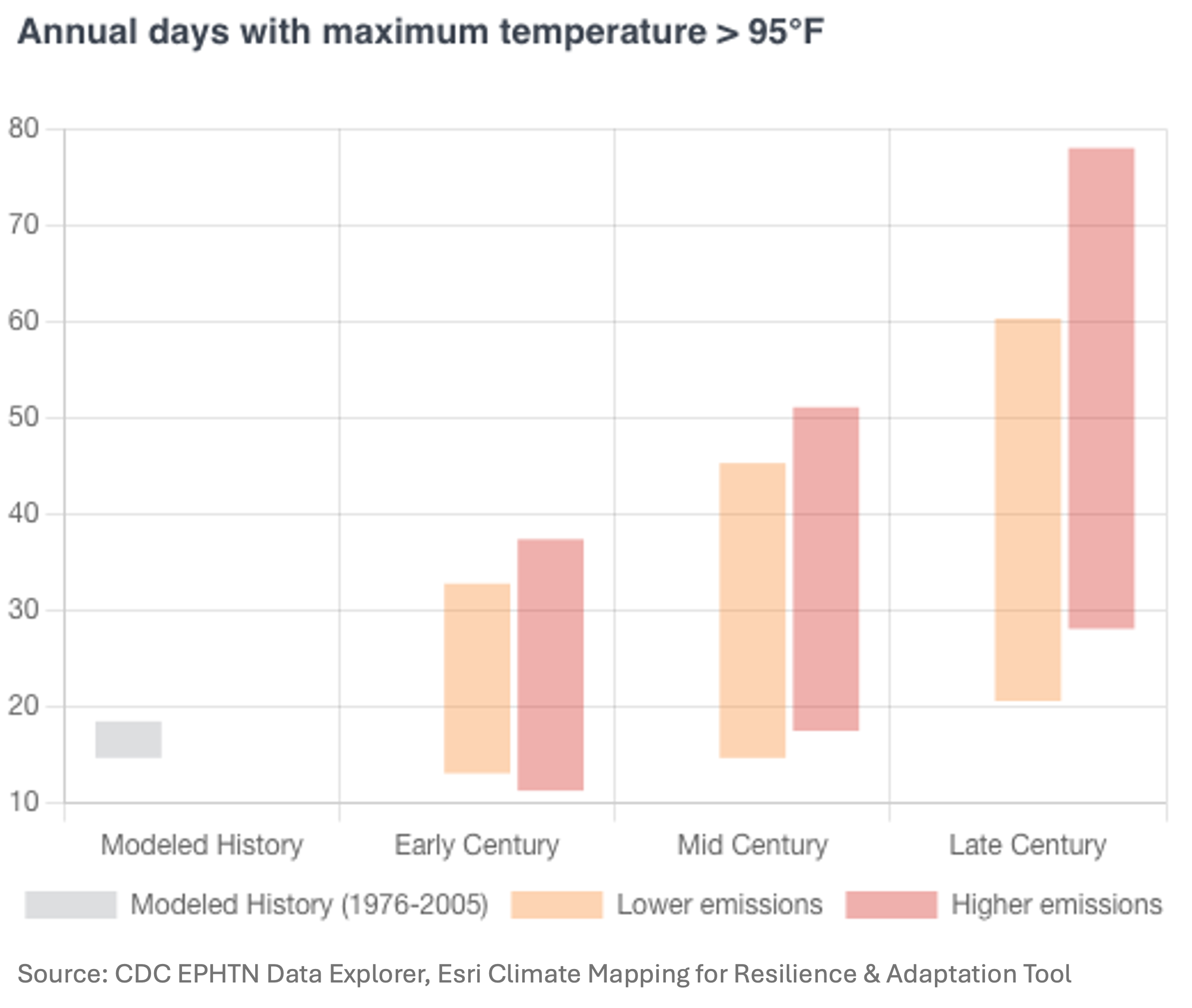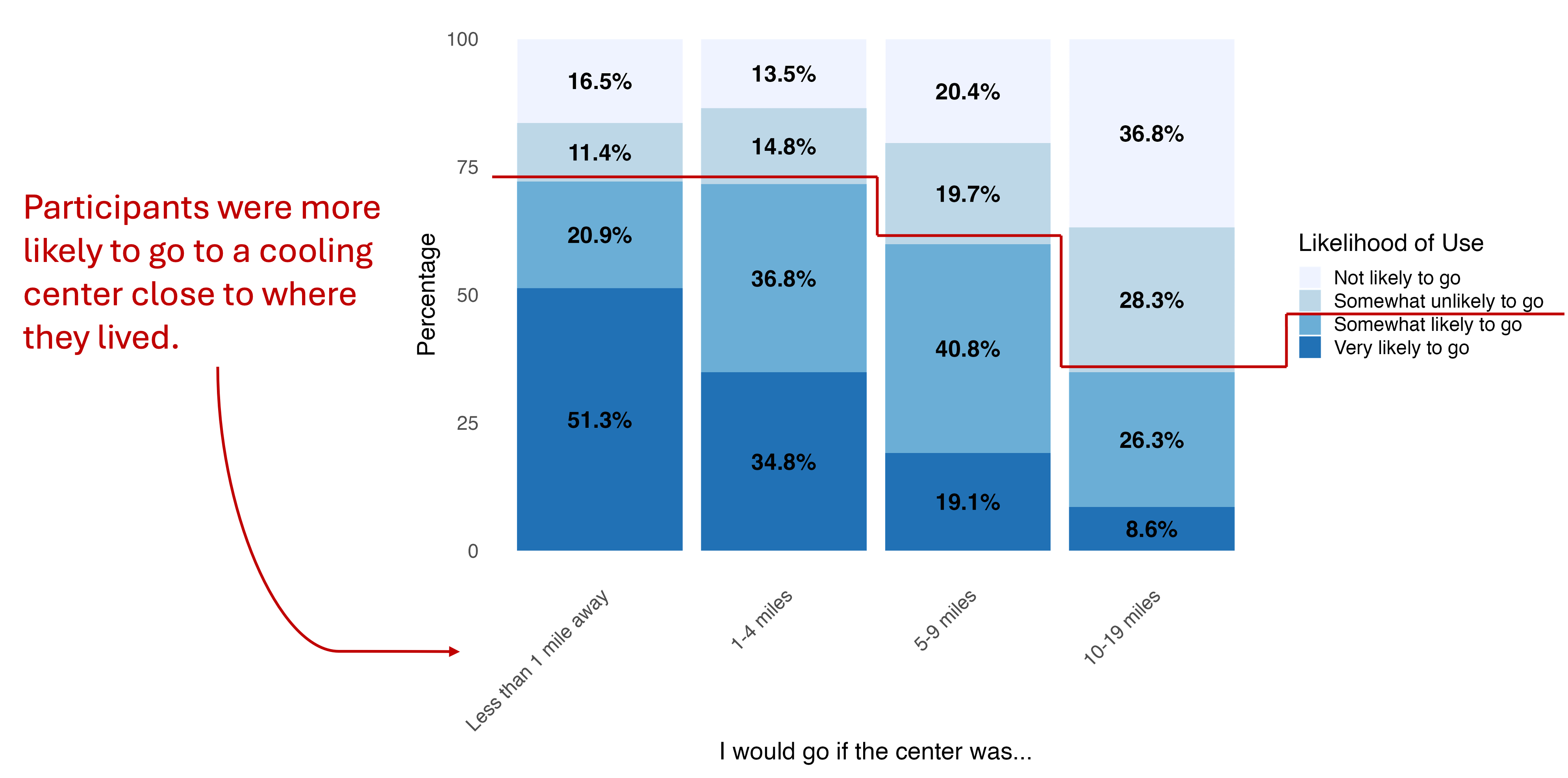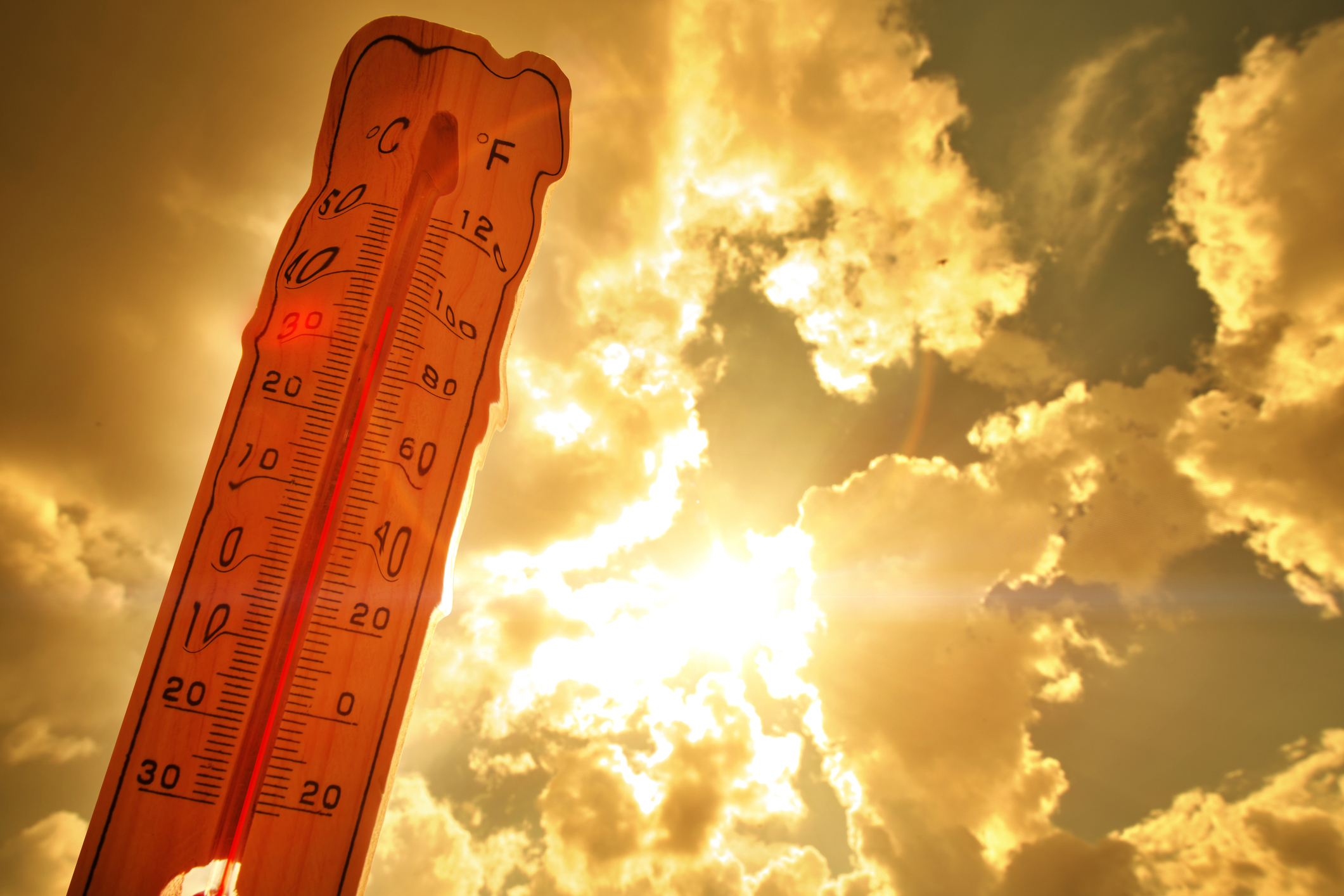About extreme heat
Extreme heat refers to prolonged periods of excessively high temperatures, often worsened by humidity and limited nighttime cooling. It can strain the human body, increasing the risk of heat-related illnesses such as heatstroke and dehydration, especially among vulnerable populations like the elderly and outdoor workers. Extreme heat is expected to become more frequent and intense in the future.
Impacts of extreme heat
In 2022, Lake County ranked in the top 15% of all counties in California for emergency room visits for heat-related illness. Extreme heat poses serious health risks, including:
- Physical effects such as dehydration, fatigue, muscle cramping, heat exhaustion, and heat stroke
- Worsening of chronic conditions, including respiratory and cardiovascular diseases, kidney disorders, and diabetes
See the California Department of Public Health for more information about impacts of extreme heat.
Populations at risk
In Lake County, many individuals are vulnerable to extreme heat or its impacts:
- Seniors are more susceptible to heat due to changes in the body’s ability to regulate temperature or preexisting health conditions that increase risk during high heat events.
- Disabled and/or homebound persons may face heightened health risks and may be unable to reach cooling centers or other safe environments without assistance.
- Mobile home residents are at risk because these homes often lack insulation and central cooling, making them significantly harder to keep cool. A study found that mobile home residents are 6 to 8 times more likely to have heat-related deaths than others.
- People experiencing homelessness often have limited or no access to air-conditioned spaces or transportation, leaving them with few options for relief during extreme heat.
- Outdoor workers including those in agriculture and construction, are frequently required to continue working during heat waves. Even with mandated breaks and water access, sustained exposure can overwhelm the body’s ability to cool down.
- Those without access to transportation, particularly those overlapping the categories above, may be unable to access community cooling centers or safe indoor spaces if their homes become too hot.
- Children are more susceptible to heat because they don't regulate heat as well as adults and can dehydrate more quickly. They often engage in more physical activities outdoors, and they may have more difficulty recognizing or communicating that they are overheated.
- Pregnant people have more difficulty staying cool and hydrated, so are more susceptible to heat. Heat also increases risk for high blood pressure and other pregnancy complications and can also cause health problems for the developing baby.
Extreme heat in Lake County
In July 2024, Lake County broke records for extreme heat, with an average daily high of 107˚F for 10 days.
Based on best predictions, the number of high heat (over 95˚F) days in Lake County each year could almost double in the next century. Current predictions estimate that Lake County experiences an average of 28 days with a maximum temperature over 95˚F.

Highlights from the CHARM survey and interviews
Survey and interview respondents were asked questions about their experiences during extreme heat events.
Housing and air conditioning
- Nearly 1 in 10 respondents (10%) were not in permanent housing.
- 23% reported they may not be able to stay cool during heat waves, despite only 5% lacking AC or relying only on a fan.
- 21% said they had AC but couldn’t afford to use it.
- 41% lacked any backup power source, leaving them especially vulnerable during simultaneous heat and power shutoff events.
Cooling (resilience) centers
- Cooling centers were described as essential, especially for residents without resilient housing and during PSPS outages.
- 72% of respondents would go to a cooling center within 1 mile, but willingness dropped by 12% if it was 5–9 miles away, and by 37% if over 10 miles away. Proximity and convenience play a big role in decision to utilize a cooling center.

- People emphasized the importance of trusted, familiar spaces like senior or peer support centers—even if not formally designated as cooling centers.
Community voices
"I stay in a storage shed with one power source coming through it, so I can't be running an air conditioner in there. And it's hot...they used to build engines in there, so it gets all sticky, and I feel like it's all over me."
"No, I do not [plan to ever turn on the air conditioning]. I'm not going to. No, not ever. I can't afford it by myself... I'm already too close with my bills and what I get from Social Security...I will not turn my air conditioner back on. I'll suffer first."
"I've also had heat illness, I had a heat stroke like a few years ago, and [my] body the physically never recovered…been foggy brain ever since."
Improving resilience to extreme heat
Establish, support, and promote accessible cooling (resilience) centers
Identify areas of the county where residents lack nearby access to existing cooling centers, and prioritize the establishment of new sites in those underserved regions. Facilitate their engagement with the Lake County Community Organizations Active in Disaster (COAD), which supports communication, coordination, and collaboration among resilience centers and the broader. Ensure that all centers are well-publicized, welcoming, and accessible, especially for residents without reliable transportation or those with mobility challenges.
Support resilient, cooler homes
Launch or strengthen partnerships with programs that help residents, particularly those living in mobile or manufactured homes, to improve their ability to stay safe and cool at home. This includes support for home weatherization, installation of energy-efficient air conditioning or ventilation systems, provision of portable cooling units or back-up power sources, and connection to financial assistance for energy bills through programs like CARE, FERA, and LIHEAP. Prioritize outreach to vulnerable households—such as seniors, people with disabilities, and mobile home residents—by coordinating with trusted local partners and service providers.
Expand outreach, alerts, and household support for those most at risk
Organize culturally-relevant communication and education campaigns, community workshops, and the distribution of accessible and understandable materials to raise awareness about the health risks of extreme heat and how to stay safe—particularly among older adults, people with disabilities, mobile home residents, and those without stable housing or transportation. Develop and implement localized heat health warning systems to provide timely, actionable alerts through trusted communication channels.

